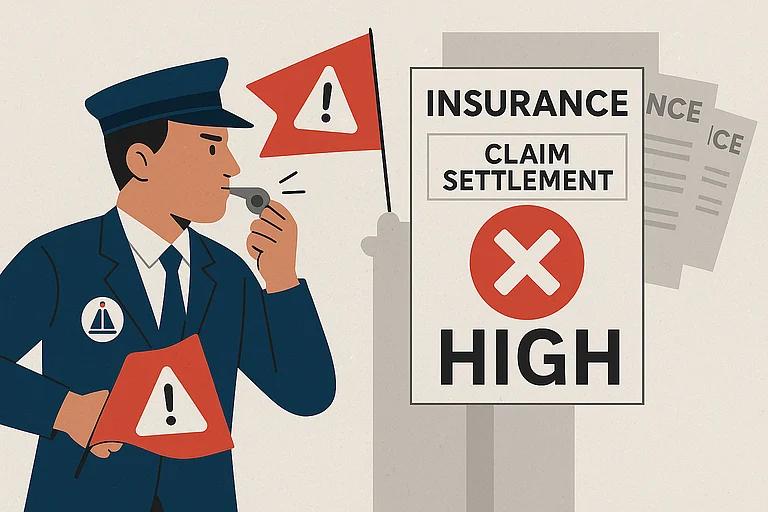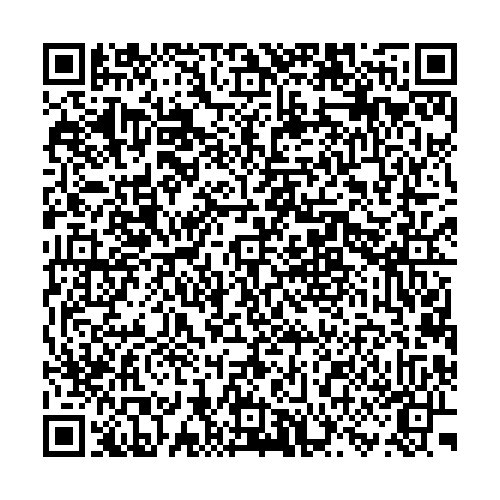
Summary of this article
A single policy issued by either the Insurance Regulatory and Development Authority or the Reserve Bank of India is insufficient. The situation requires a coordinated, strategic 'Affordability Pact' between these two financial behemoths to seamlessly integrate health insurance and digital banking
India stands at a strange and troubling crossroads. Despite notable economic growth, our healthcare system contributes significantly to poverty. The main culprit is the staggering out-of-pocket (OOP) health expenditure, which accounts for 48–50 per cent of total health spending and ranks among the highest in the world (according to WHO 2024 estimates), and the flawed systemic claim settlement mechanism. This failure means that residents must personally pay for over half of all medical expenses, often pushing families into debt or jeopardising access to necessary care.
The IRDAI Annual Report confirms this financial agony. According to recent data, the total claims settled by the industry reached Rs 83,493 crore in FY2023-24. Yet, the efficiency of the claims settlement process remains deeply flawed: out of this massive settled amount, a large sum of Rs 28,247 crore (33.83 per cent) was settled through reimbursement claims.
"This high proportion means that one-third of claims required the patient to pay first, with the insurer settling the claim later directly to the patient's account. This situation is worsening; back in 2018-19, reimbursement claims settled amounted to a proportionally lower, yet still concerning Rs 16,000 crore," says Saurabh Soni, Founder & CEO of DigiSparsh, India's first financial services platform for the healthcare ecosystem.
Beyond low insurance penetration, India faces the more complicated problem of reimbursement, which requires patients to pay first and only then settle their claims.
"Our healthcare system currently operates on a cash-and-reimbursement model, contrasting sharply with the widespread adoption of UPI and quick digital payments across the rest of the country. Furthermore, the number of hospitals in the country is increasing faster than the growth of cashless networks, forcing more patients into the difficult reimbursement model," informs Soni.
A single policy issued by either the Insurance Regulatory and Development Authority (IRDAI) or the Reserve Bank of India (RBI) is insufficient, he adds. The situation requires a coordinated, strategic 'Affordability Pact' between these two financial behemoths to seamlessly integrate health insurance and digital banking.
The Six Pillars Of The Affordability Pact
A collaborative initiative can decisively lower the OOP burden by establishing an integrated health finance ecosystem that prioritises liquidity and seamless protection.
1. Integrated Health Finance Ecosystem
The ultimate goal must be to integrate health insurance and digital finance to form a single patient payment and protection layer. The RBI should require interoperability by connecting UPI, bank credit lines, and health wallets directly to insurers' real-time claim systems. Simultaneously, IRDAI must mandate insurers to provide "cashless-first" packages in almost all hospitals. Patients should only have to pay minimal co-payments; the insurer and a connected digital lender would cover the remainder immediately, eliminating the most painful aspect: upfront cash payment.
2. Healthcare Credit + Insurance Linkage
Financial suffering during an emergency results from a lack of "instant liquidity + later protection." The RBI is in a unique position to encourage regulated non-banking financial companies (NBFCs) and banks to offer reimbursement financing. This would allow a customer, even without cashless treatment, to still avail a cashless experience through a temporary, interest-free credit line. The NBFC would provide a bridge loan for a period of 60–90 days while the insurer processes and settles the claim directly with the customer.
Furthermore, "the customer could be provided a claim settlement service directly from the hospital team. DigiSparsh and other fintechs are pioneering a strategy for rapid financing with an average ticket size of Rs 1 lakh, with repayment occurring after the insurer processes the claim. This helps patients avoid drawing from their savings first. The IRDAI can further mandate insurers to settle reimbursements directly into the account of the lenders wherever the loan is offered," says Soni.
3. Universal Cashless Network
Cashless treatment is still uncommon, generally limited to a certain network. IRDAI's 'Cashless Everywhere' project is a start in the right direction, but swift settlement remains the challenge to be overcome. RBI plays an essential role in ensuring that hospitals get same-day, safe payment settlements using digital escrow systems handled by licensed firms. This strengthens trust between hospitals and insurers, removing the need for cash deposits and lowering the prevalence of cash-based therapy.
4. Health Data–Driven Risk & Credit Scoring
To make health insurance and finance easily accessible and personalised, regulators must leverage data. "The RBI may allow the use of health payment data (claims, UPI transactions, and EMIs) to create a powerful alternative credit scoring model. Concurrently, IRDAI can establish a Health Risk Repository, similar to a CIBIL for health, to enable dynamic, fair premium pricing, cutting expenses for health-conscious individuals," suggests Soni.
5. Faster Claim Settlement Infrastructure
The RBI can leverage the upcoming National Health Claim Exchange (NHCX), a real-time digital infrastructure for claim processing. As the NHCX involves both insurance companies and hospitals, it can be supported by regulated entities to provide insurance claim financing for hospitals as well as to patients.
6. Co-Regulatory Sandbox for Health Fintechs
Finally, innovation must be nurtured in a safe environment. A combined IRDAI-RBI sandbox dedicated to health-focused fintech-insurtech models, such as claim financing, embedded coverage, and medical BNPL (Buy Now Pay Later), would encourage compliant, scalable solutions aimed at lowering out-of-pocket expenses.
India's health dilemma is bigger than just a medical issue; it is also a financial and structural one. By forming this 'Affordability Pact', IRDAI and RBI can help dismantle the economic barrier that lies between Indians and decent treatment, transforming health insurance from a mere promise to immediate, actionable protection.














